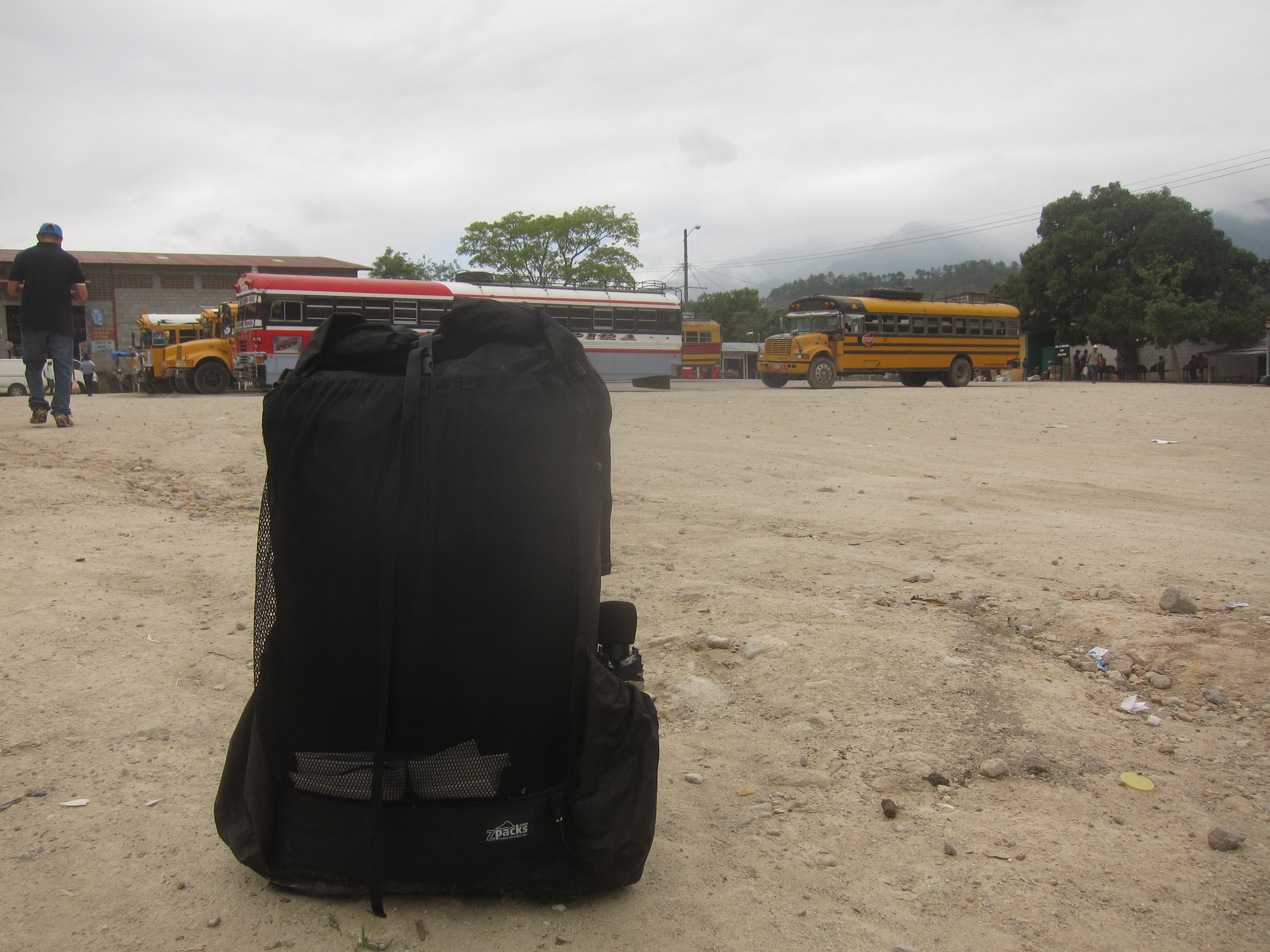
The four hour trip to Copan Ruinas started auspiciously when I showed up at the bus station and a man told me the 9:45am bus had broken down and the next bus wasn’t leaving until 11am. I sat down on a rock to wait.
At 10:45, I went to find the bus. There was no bus direct to La Entrada, where I needed to change for Copan Ruinas, but there was one to Santa Rosa, where I could connect to La Entrada and then to Copan. I dozed for most of the ride, exhausted by my early mornings, so when we stopped along the road in Santa Rosa just before the bus station, my mind was still groggy and distracted, and it only registered after we had moved on that the man who jumped on the bus wasn’t try to sell snake oil or God, he was the ayudante from a bus heading in the other direction to La Entrada, looking for transfers. That was my bus, and I’d missed it. Well, there would be others, I’d just have to wait. Travel teaches you to accept your mistakes and move on.
We pulled up to the bus station five minutes later, and a boy asked me if I was going to Copan Ruinas, and I said I was. He led me to a collectivo minivan. What luck. A minivan would be air-conditioned, less packed, and take me all the way there, without having to connect at La Entrada. I thanked my random luck and sat and waited while he rousted other passengers from cabs and buses. The drive through the mountains reinforced my wish to return to Northern Honduras when I had more time, when I wasn’t rushing with anticipation to a meeting with S in Belize, now barely a week off.
We arrived at La Entrada ninety minutes later, and every passenger but me deboarded. I knew we wouldn’t leave without a full van, so I settled in to wait. Fifteen minutes turned into thirty. My direct van was only direct in the sense that I didn’t have to change. Ah well. You just have to be glad for getting where you are going, eventually. In the meantime, I watched La Entrada, just another roadside town that had developed around it’s existence as a place to change buses for other, more important places. I saw a van driver grab a man selling sodas and sandwiches for some offense I missed, drag him by his t-shirt collar into his van, and punch him several times in the chest and shoulder. He came out not much worse for wear, five minutes later, at my van selling the saran wrapped sandwiches he had collected off the ground, after the beating stopped. I saw two teenagers, a boy and a girl, vendors as well, grab and smack another girl about the head for another unknown offense. La Entrada was not a place to spend any more time than necessary. My equanamity was tested when we stopped again to roust passengers, for twenty minutes, in a town ten minutes shy of Copan Ruinas. I was getting there three hours later than planned, but I was getting there, I told myself again.
I had heard Copan Ruinas was a nice place in itself, and not just a gateway to the Copan Archeological site, and what I had heard was correct. Hilly, cobbled streets, mountains and mountain air, tuk-tuks buzzing here and there.
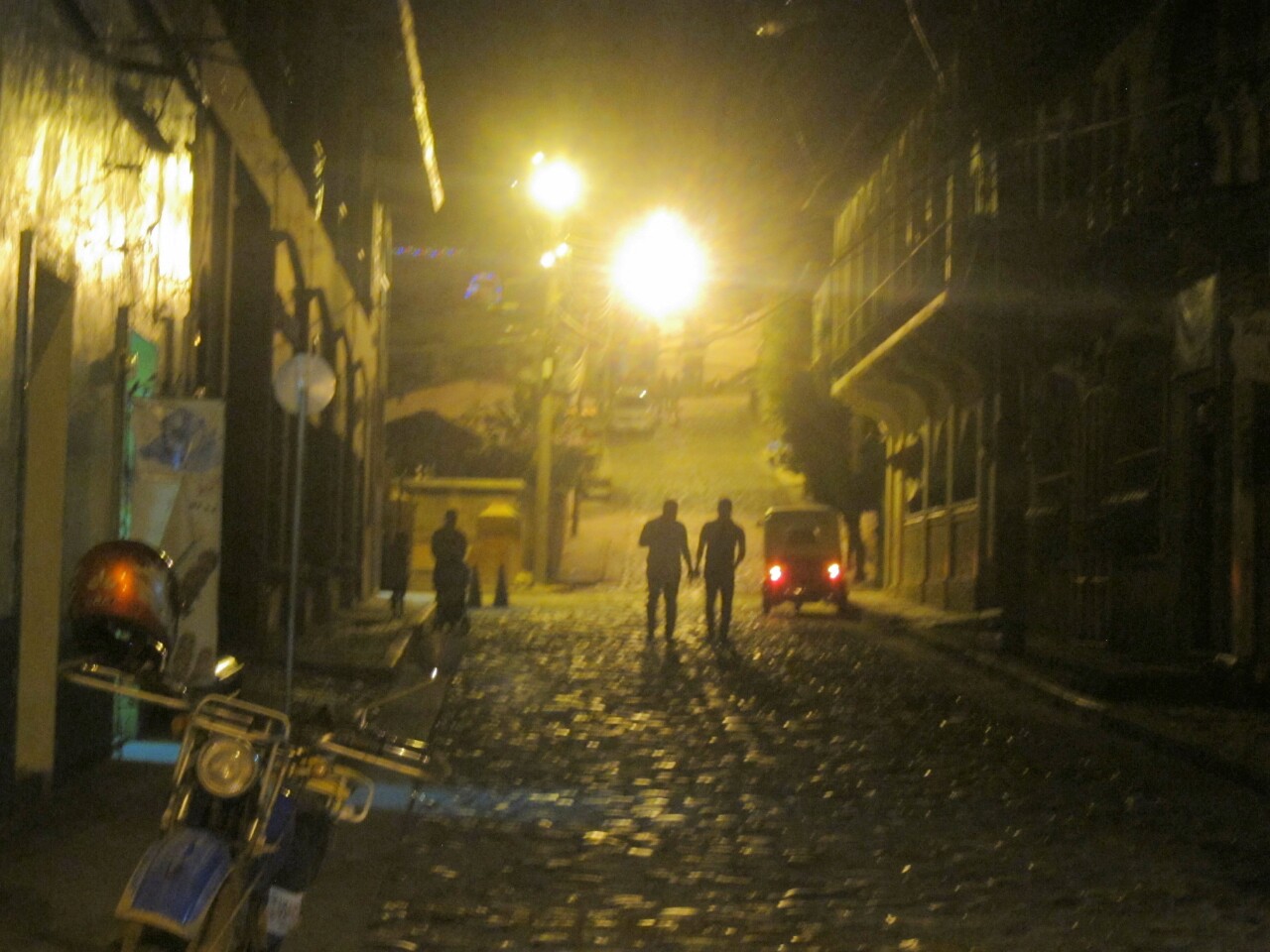
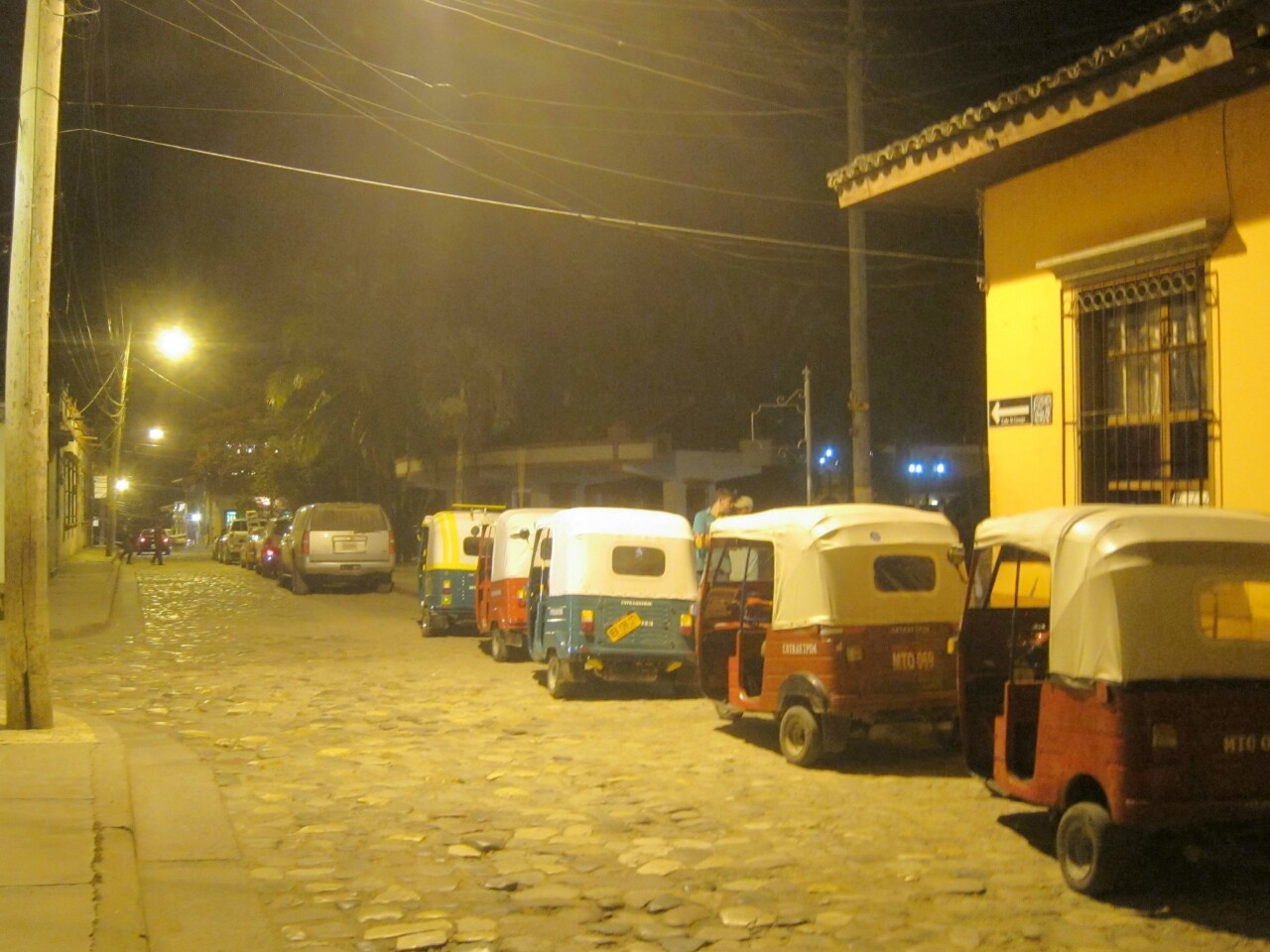
My hotel was only $12 a night, and there was a roof terrace.
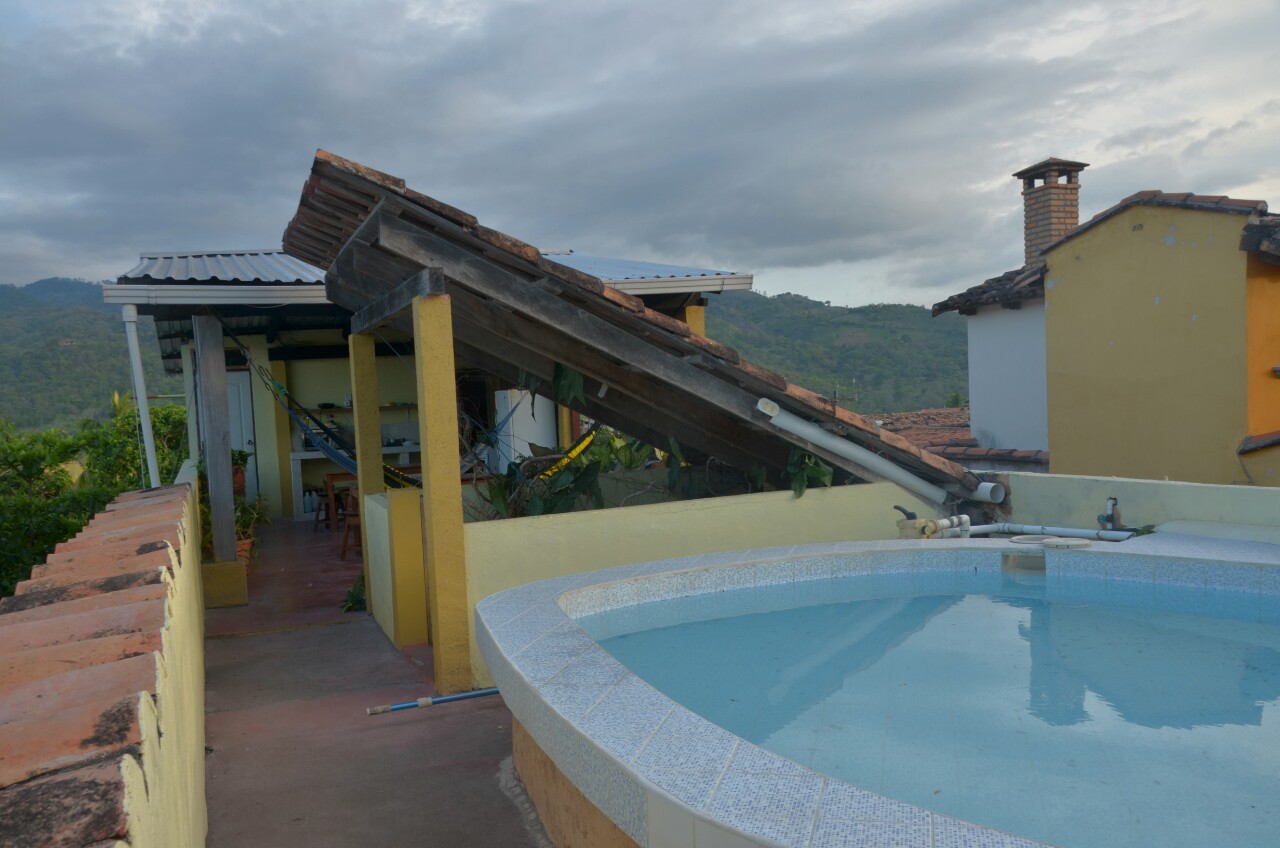
I walked around town and found myself firmly back on the tourist trail, fellow gringos everywhere, after being mostly off it for the last three weeks, since arriving in Matagalpa, Nicaragua.
At twilight, I watched four young boys aged 5-12 or so, playing soccer. I had chosen to sit in a place near where they had decided was their goal, and a off-target shot by the oldest hit my foot. He apologized profusely, and a couple minutes later, at a break in play, came over and apologized again. Hondurans were probaby the nicest, friendliest people I had met in my travels so far, and that was a high bar to clear.
The next day it was the Copan Archeological site. It was as fifteen minute walk outside of town, a pleasant change from a minibus packed full of fellow travellers.
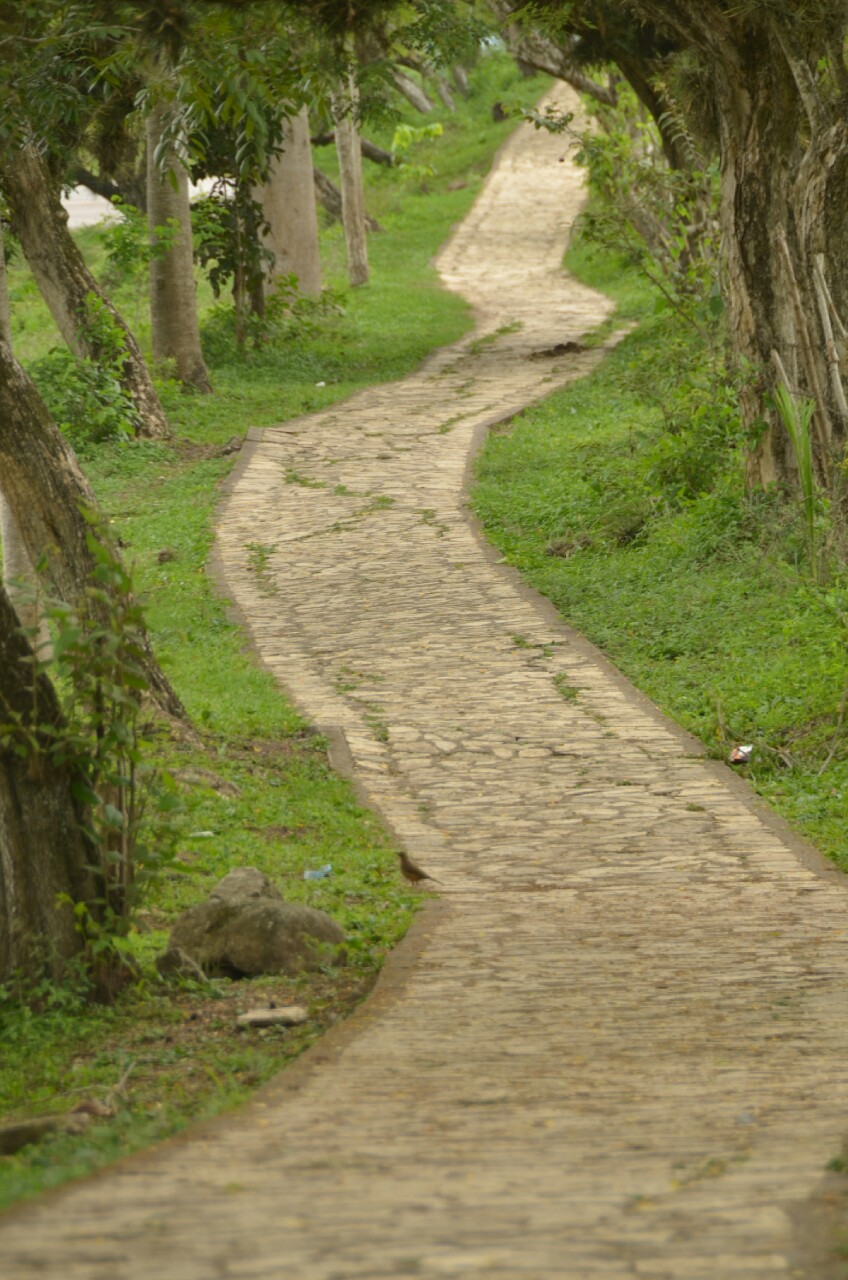
Screeching macaws filled the trees in the main plaza. The macaw has an ugly call not suited to such a beautiful bird, evolution with a sense of humor. The macaw was a sacred bird to the Maya who built Copan, and now they were fed at stations near the entrance to the park.
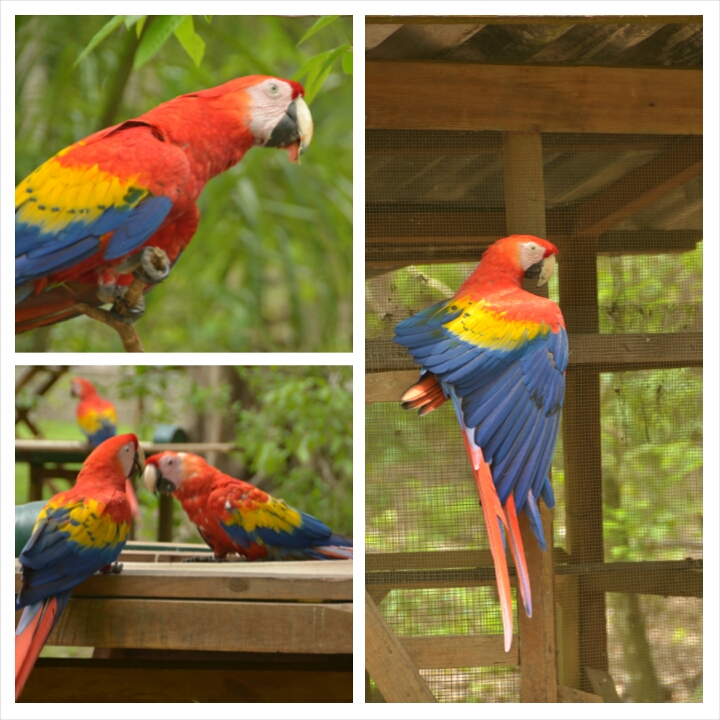
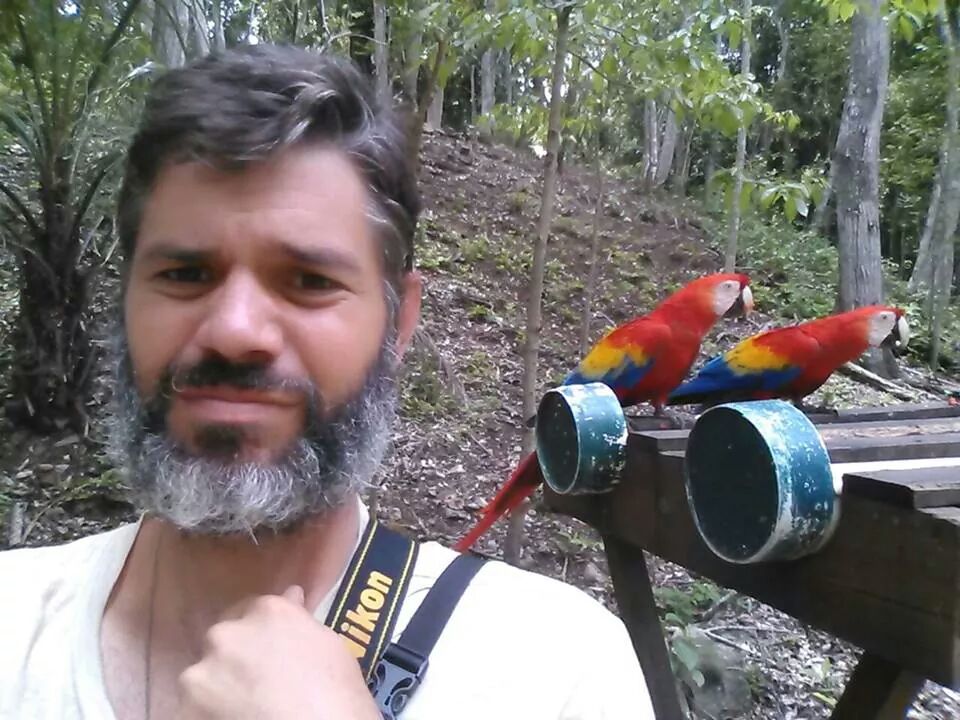
Copan’s temples are not as big and grand as Tikal’s, and it doesn’t have quite the feeling of cosmic power of Palenque, but they were one of the two significant Mayan ruins I hadn’t visited(Caracol in Belize being the other). I spent four hours wandering the site. Set in the mountain highlands bordering Hondurans and Guatemala, it had a charm that the other’s did not, but I wasn’t moved in the same way I was the first time I was the first time I saw Tikal or Palenque. That may be more a case of a change in myself that anything to do with Copan. Things may just be less exciting as you get older.
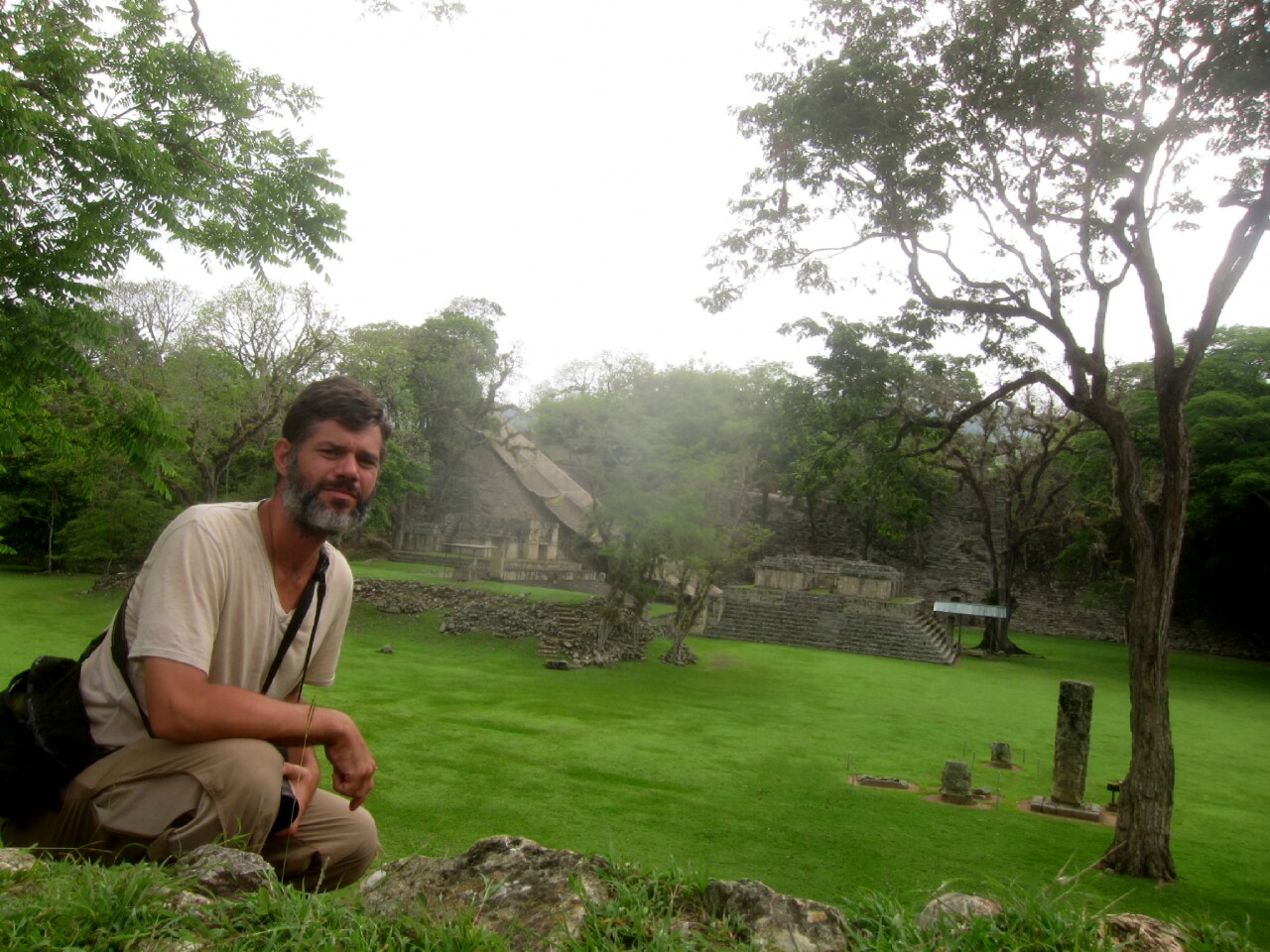
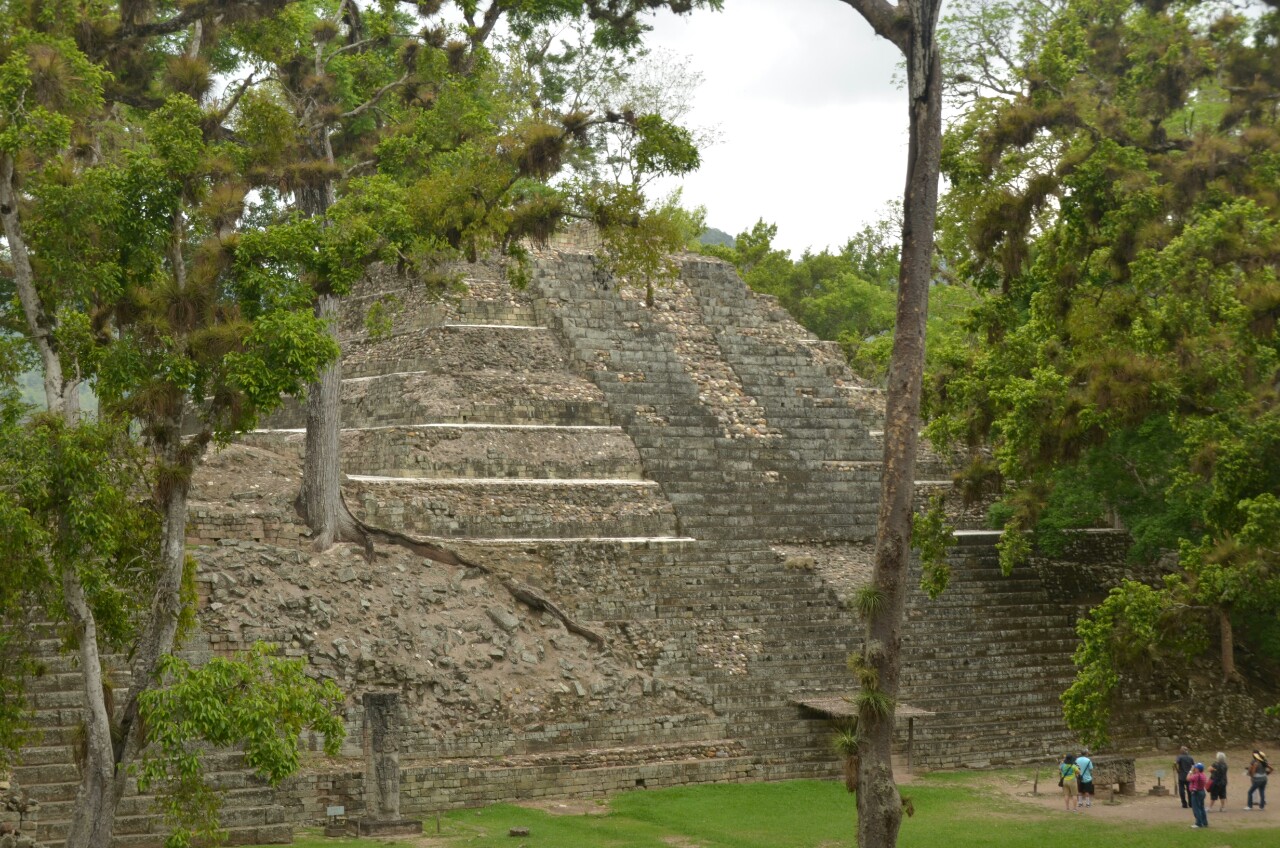
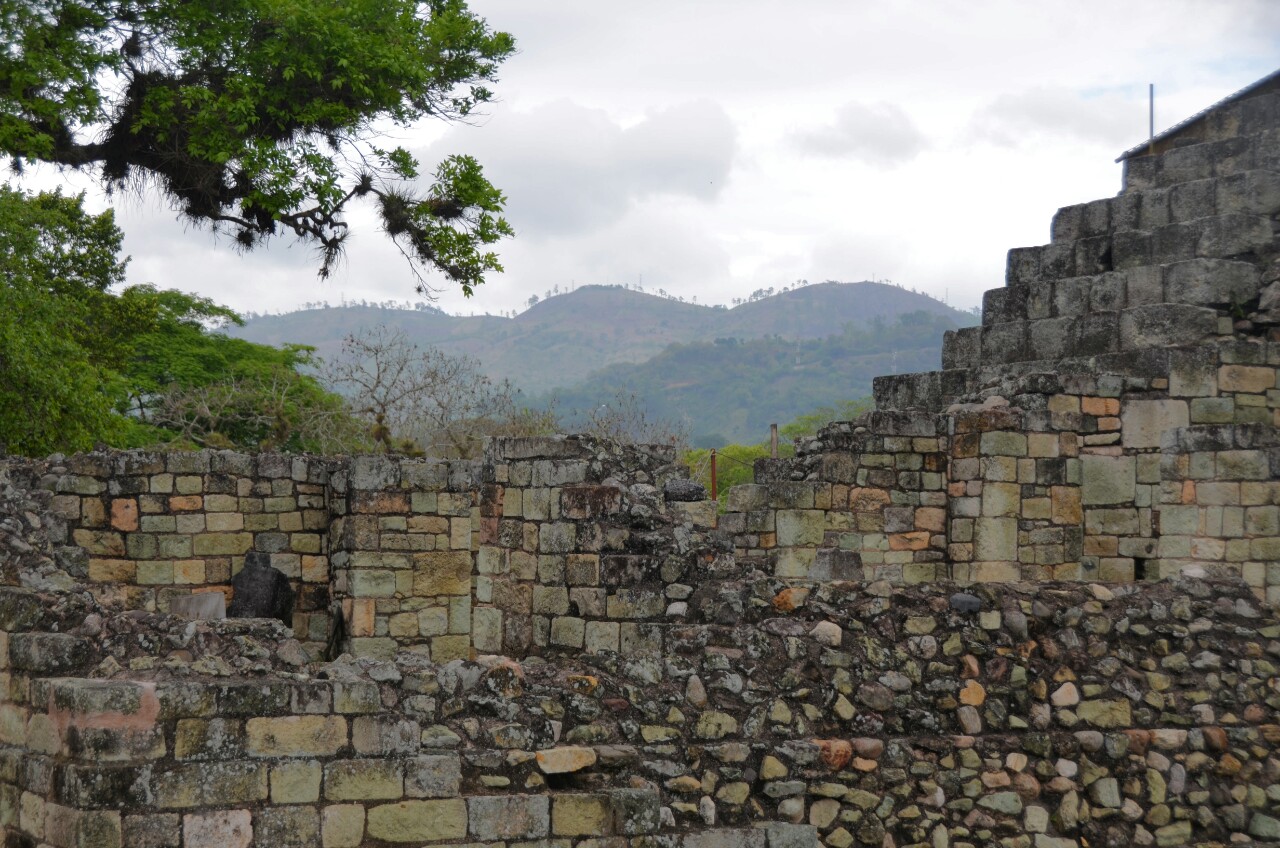
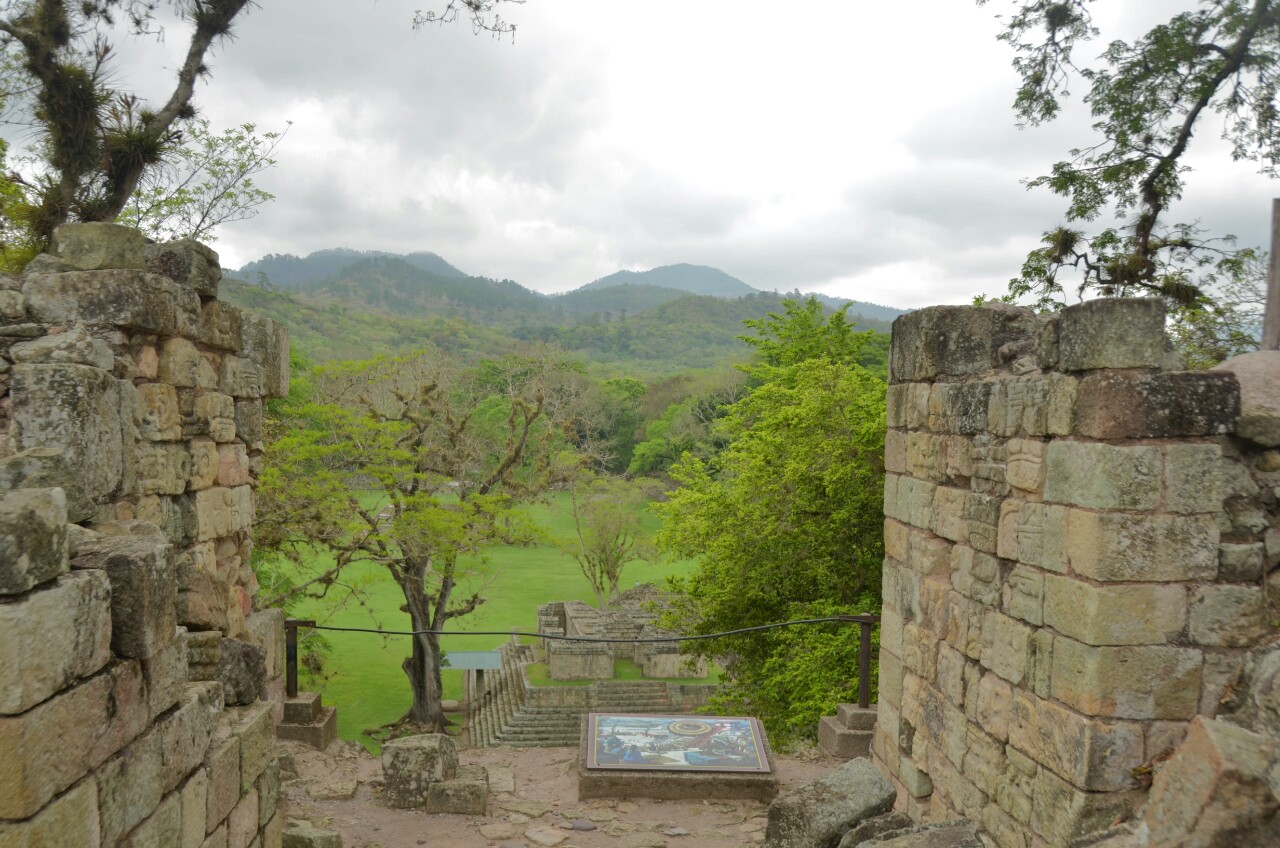
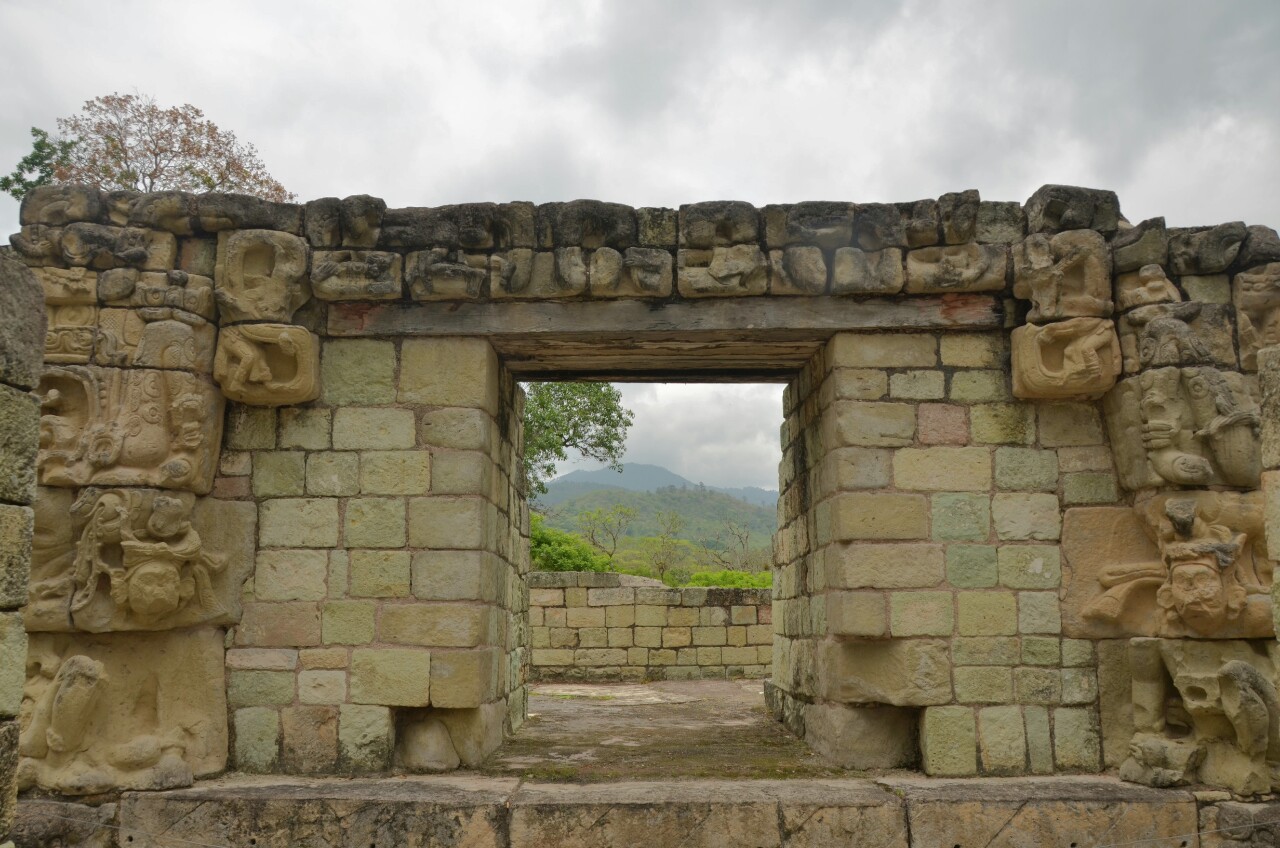
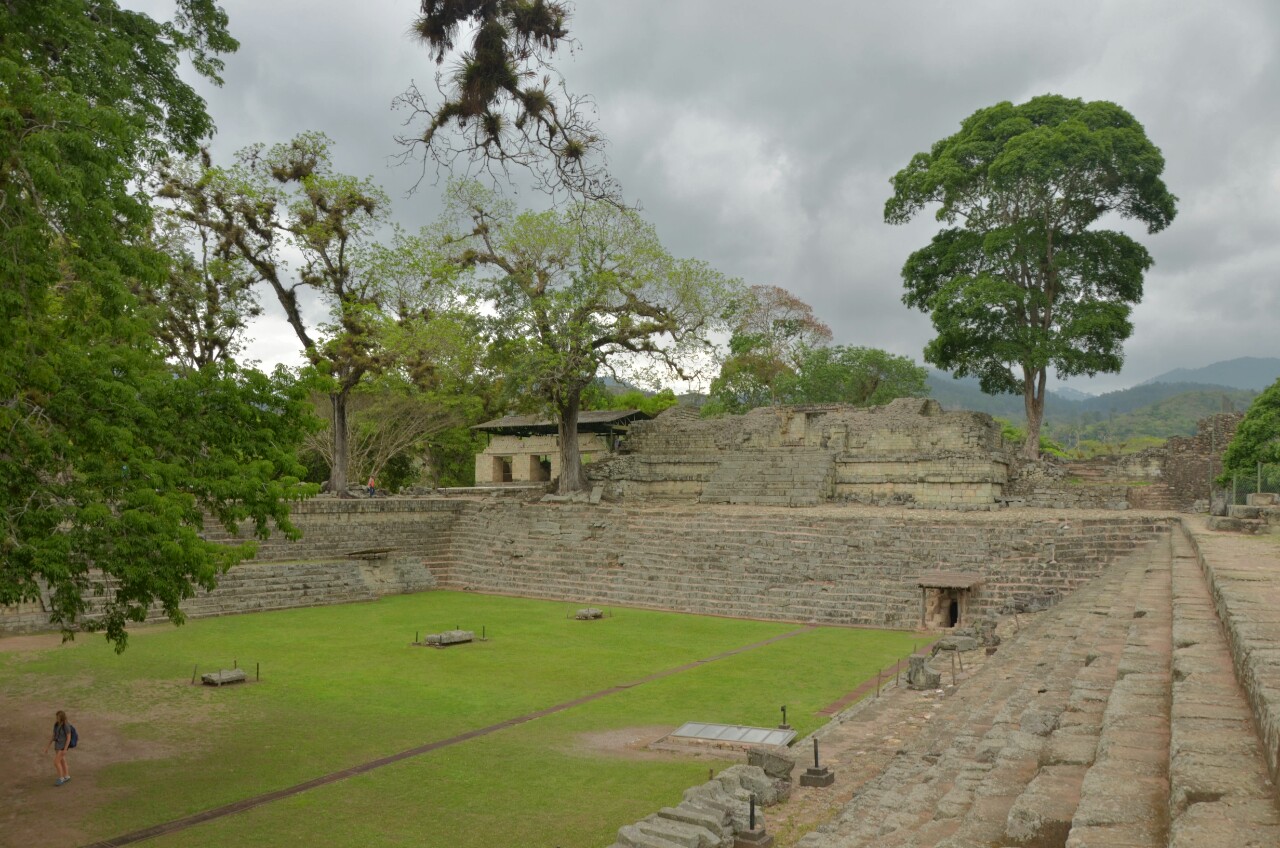
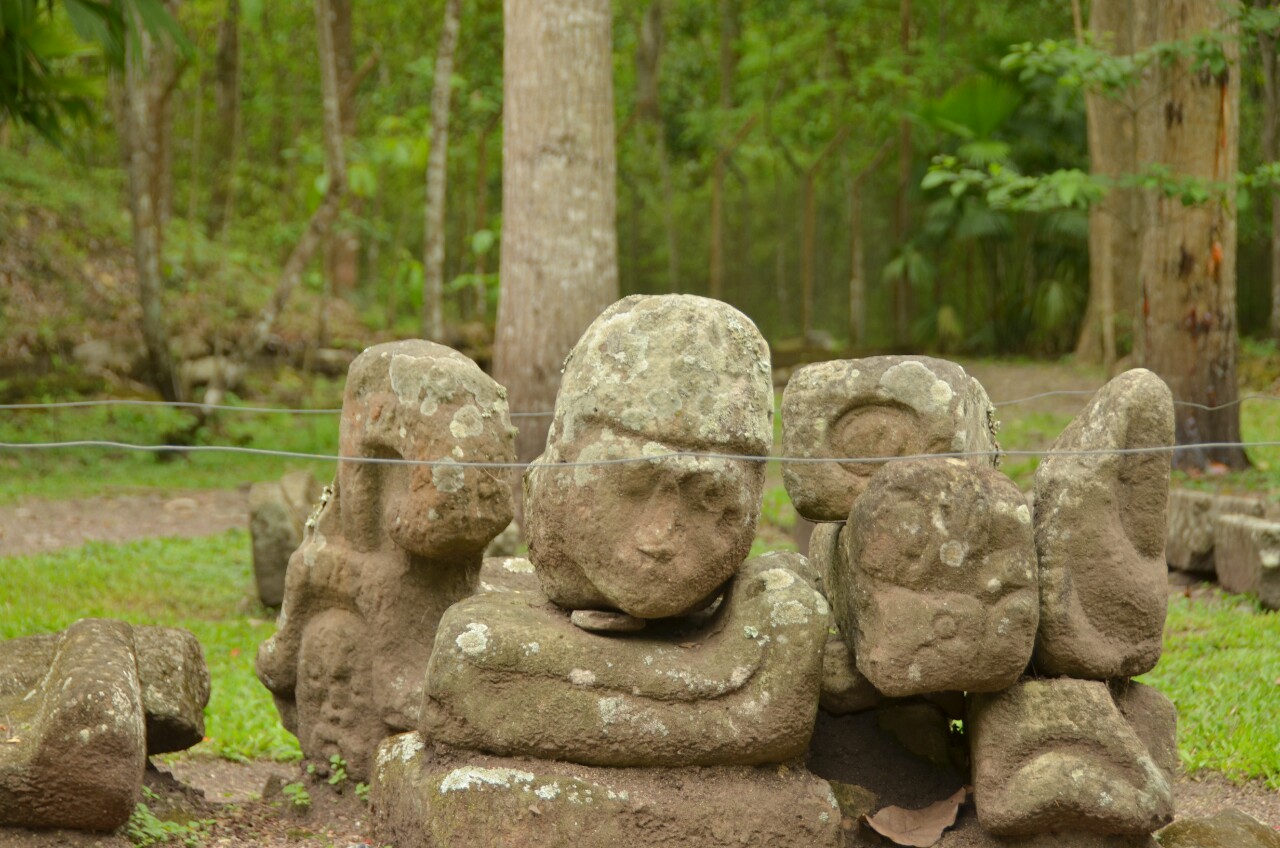
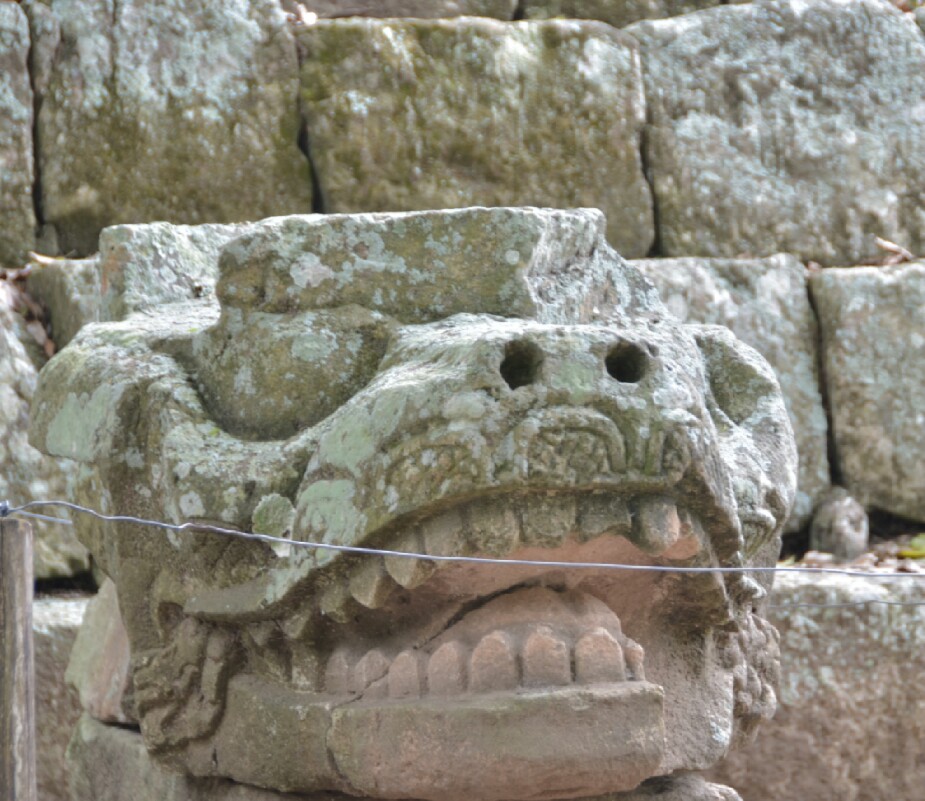
I spent the next day in Copan Ruinas town. I hiked a bit outside town, along the river.
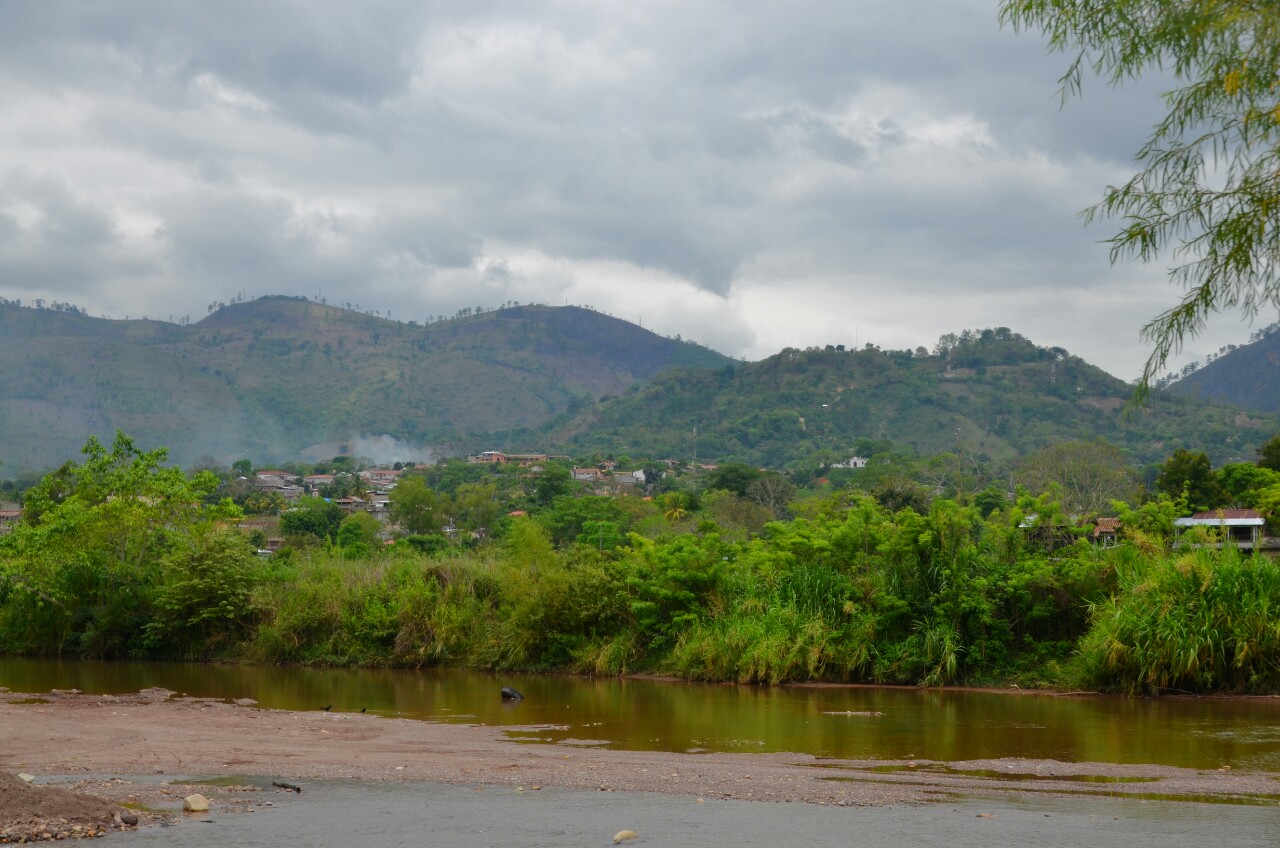
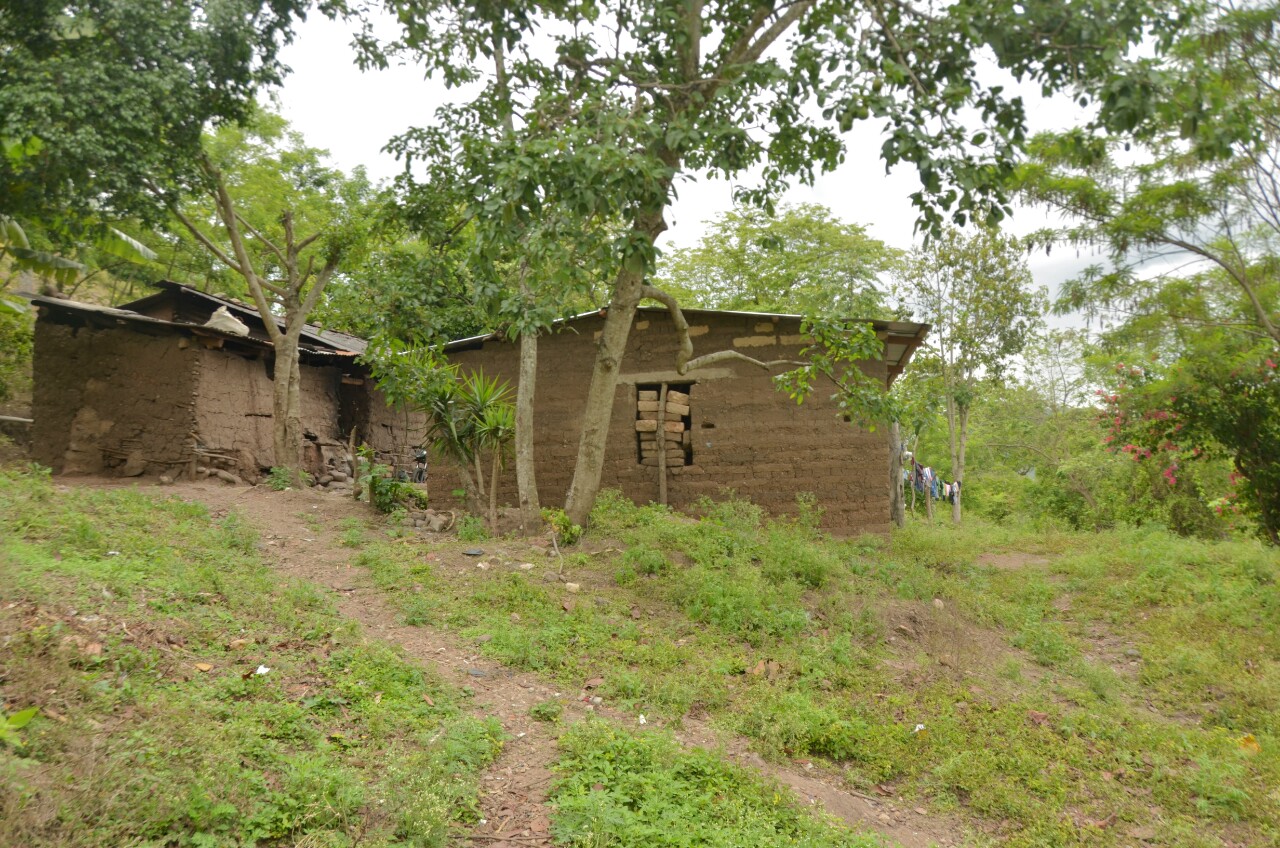
I climbed the streets to the former jail, with it’s mirador of the town.
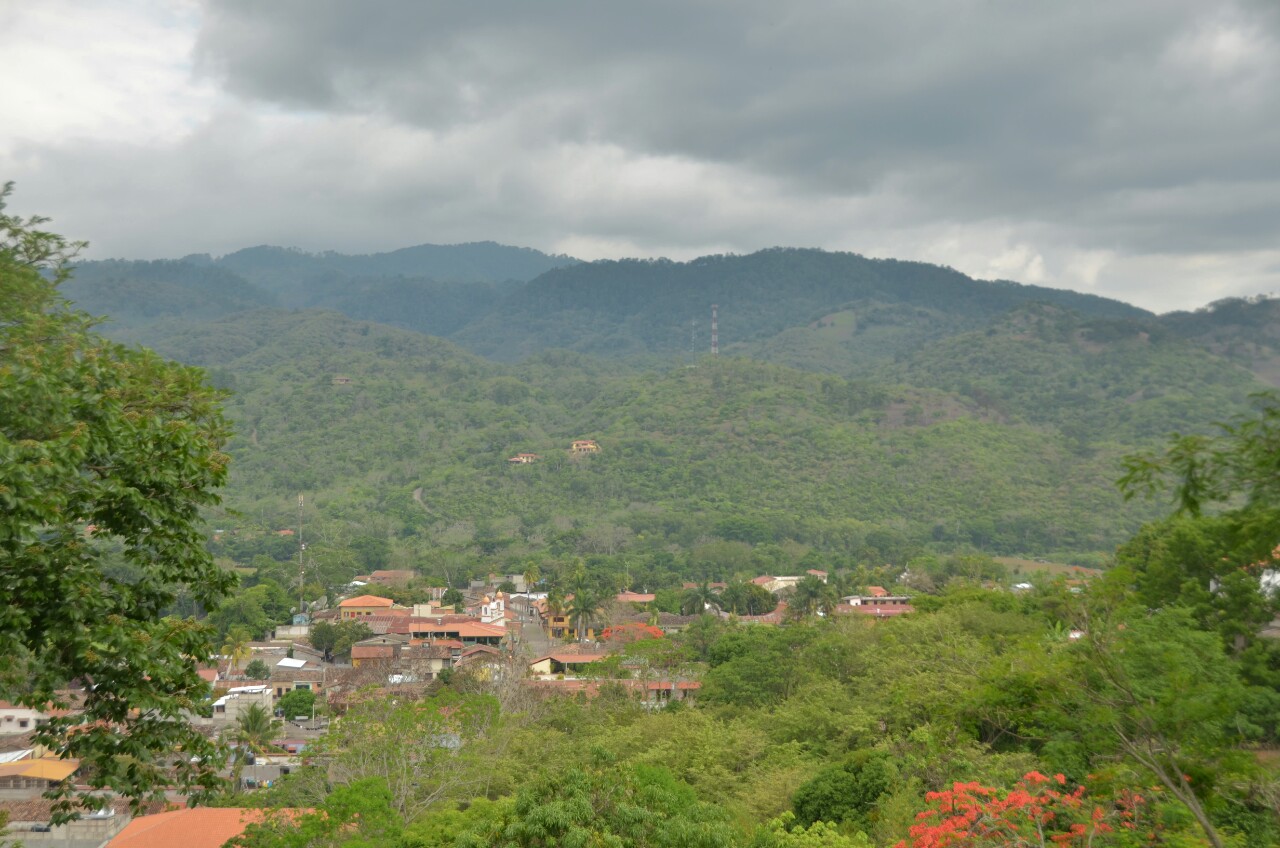
I sat again in the central park.
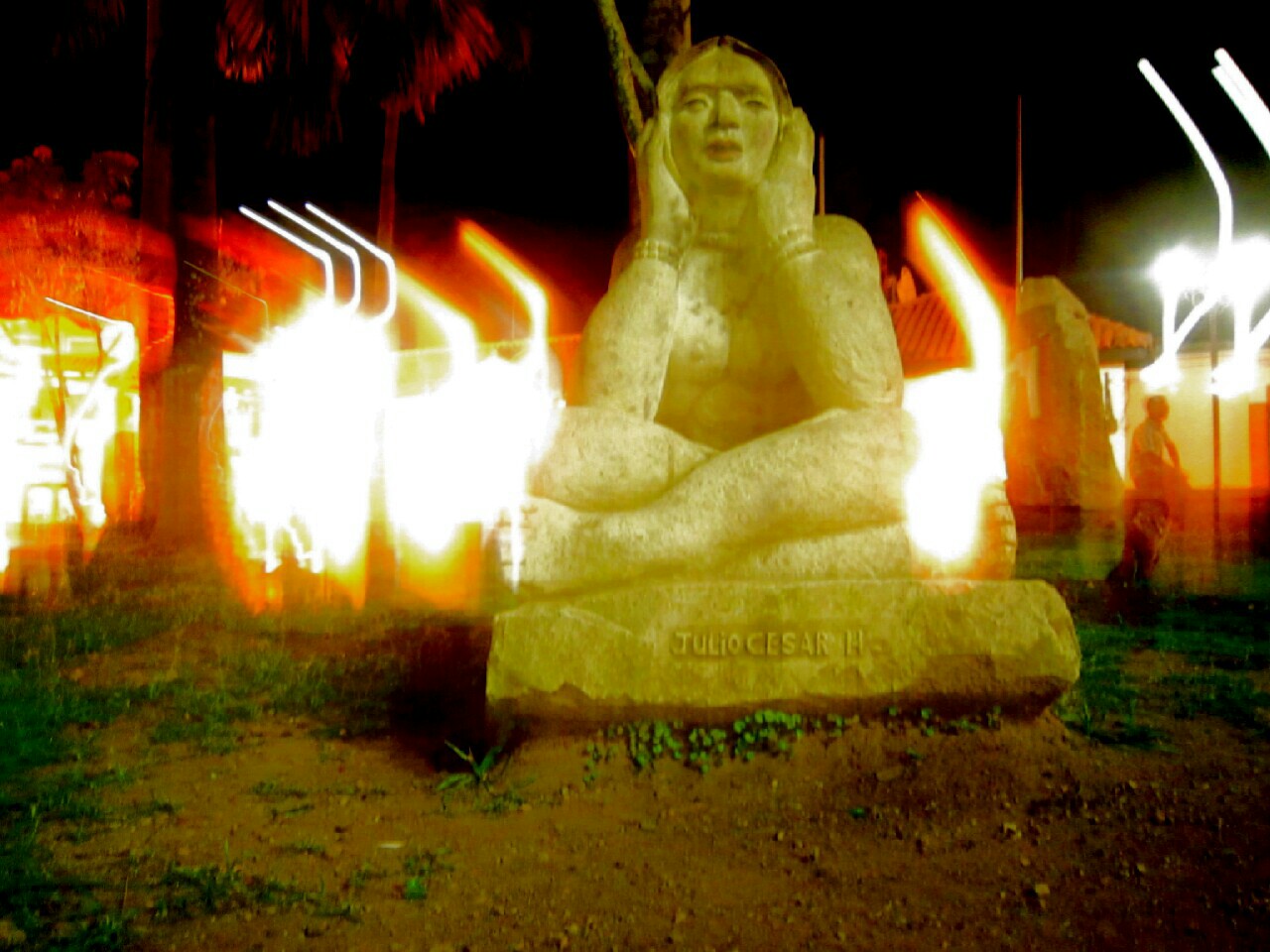
I bought grilled pork and chorizo for dinner from one of the street carts set up along the road leading away from the main square.
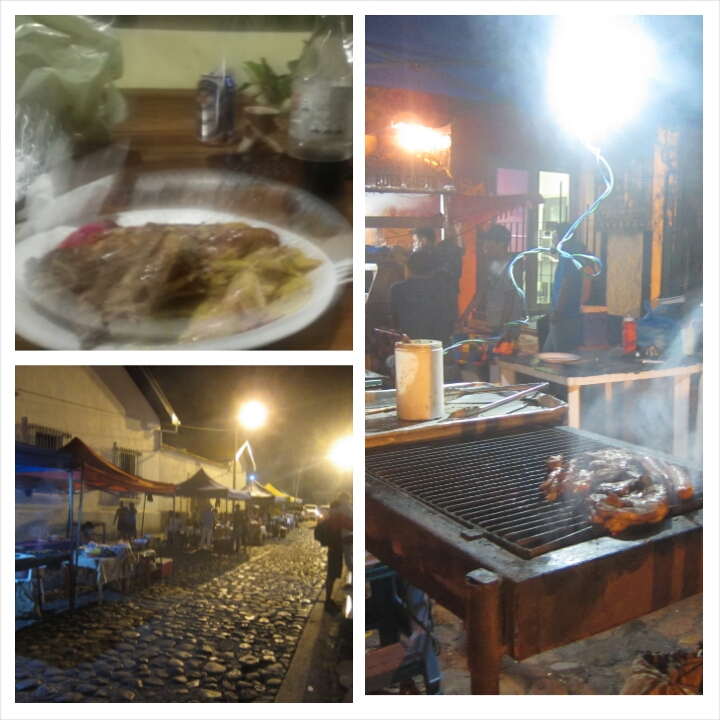
I sat on the roof terrace and watched the light change on the mountains as the sun went down.
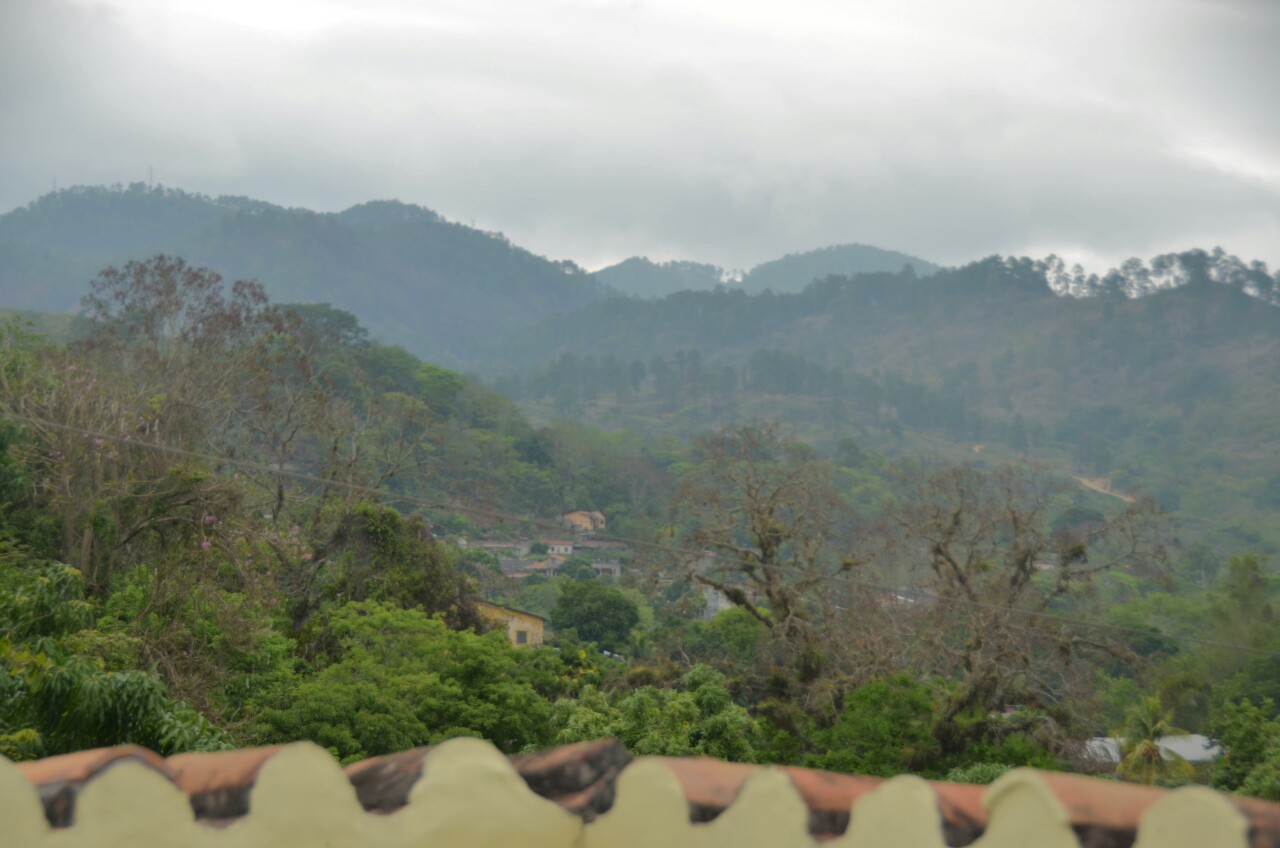
Belen, the ten year old daughter of the people who ran the hotel called me over, “ven. ven” to show me a dove nesting in a tree. She explained to me how the mother would sit on the eggs until they hatched and then she would feed the babies until they were ready to fly. When she saw me get out my phone and earbuds, she asked me if I was listening to music, and I told her I was calling my girlfriend in the United States. She was fascinated by Skype, and she stood behind me, leaning on my shoulder and watching S on the screen. I unplugged the earbuds so she could hear the conversation, even if she couldn’t understand English. They waved to each other. Eventually, she had enough and said “Adios”
Tomorrow would start what would feel like a sprint across Southeastern Guatemala to southern Belize, and then up to Belize City. In six more days, I would be at the Belize Airport meeting S, the Central American part of my travels essentially done.
